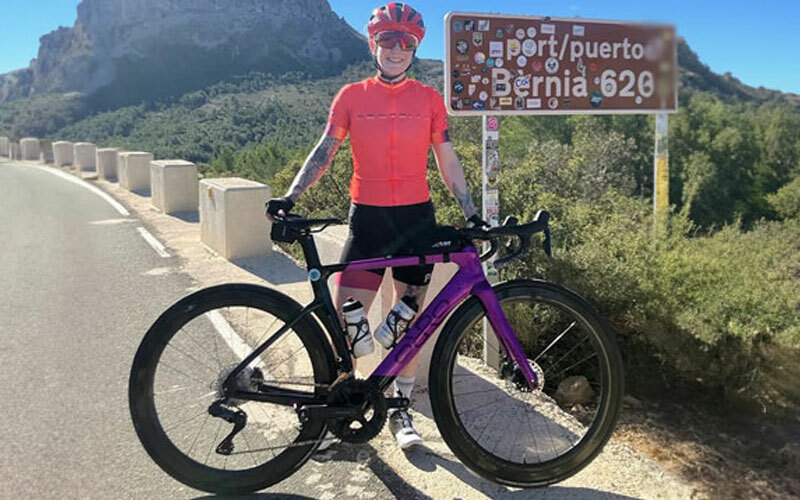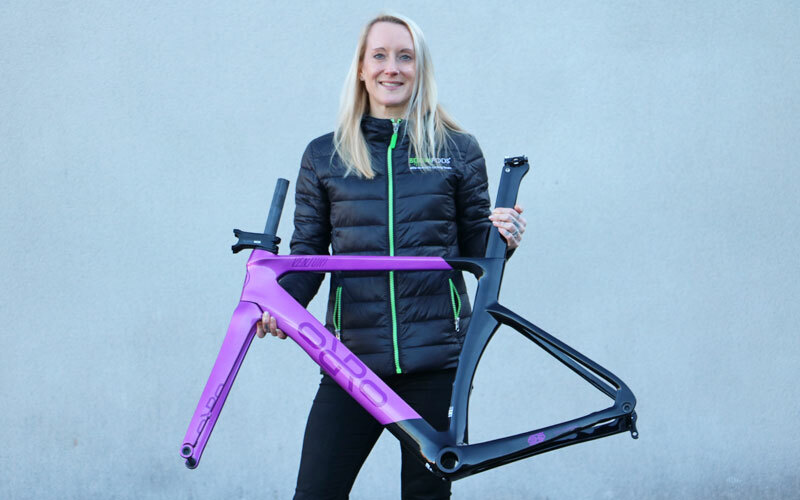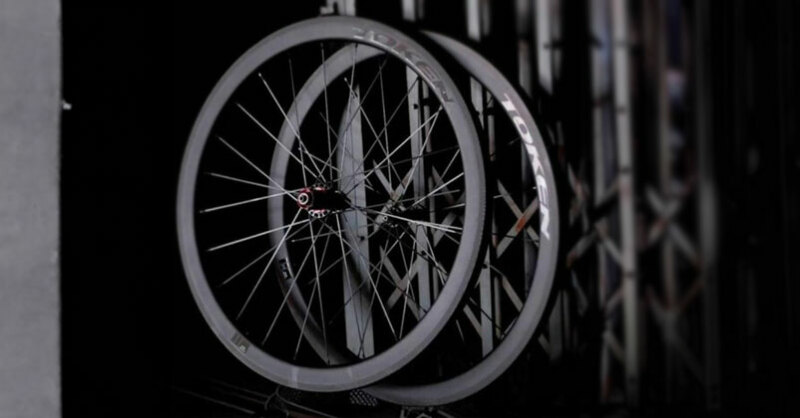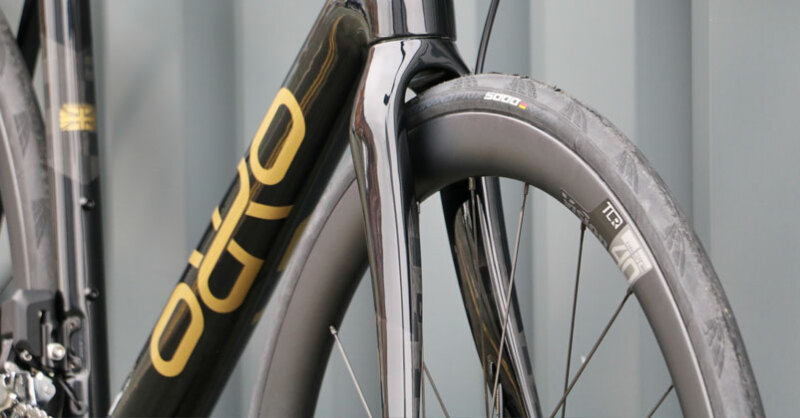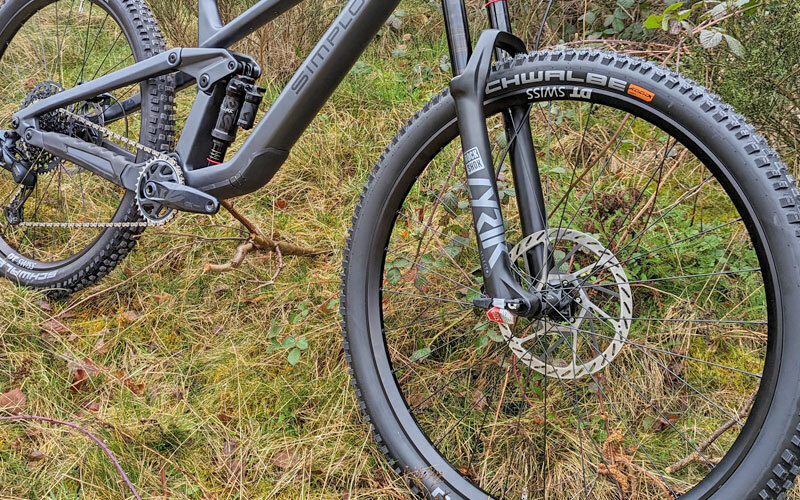Bike Saddle Guide
Bike saddles come in all shapes and sizes, for both sexes and for each cycling discipline. Finding the right saddle for you can be tricky and time consuming, read our guide to gain an understanding of saddles and how they fit your body and style of riding. What are the key parts of a Saddle?
.jpg)
Saddles are built in sections from different materials;
Cover
The cover is the part you sit on, it is the top layer and is usually made of synthetic materials or sometimes leather. As well as being soft for comfort, the cover also provides enough grip to hold you in place.
Padding
Manufacturers make use of different padding materials and densities of materials to give maximum comfort across the different parts of the saddle. Denser, supportive material for pressure points for example. While most saddles come with differing amounts of padding, there are some saddles which come without any padding, great for saving weight when sitting comfort isn’t a priority such as specialist hill climbing bikes.
Grooves
Cut-outs and grooves are great for removing pressure points on sensitive areas, particularly if you ride for long stretches sat in the saddle. If you regularly ride off road in filthy conditions, a saddle with less cut outs will reduce the amount of mud and debris collecting in the saddle.
Shell
The shell provides the base for the padding and cover, as well as a solid mounting point for the rails. Top end saddles may well feature a carbon fibre shell to reduce weight, less expensive ones use plastic or fibre enforced polymer. The shell forms the shape of the saddle and determines how much the saddle will flex.
Rails
The rails of the saddle are the connection point between the saddle and the seat post. While cheaper saddles feature steel rails, mid-range ones often feature manganese alloys or titanium. Some high end saddles have carbon fibre rails.
Extras
Reinforced corners for added protection on MTB saddles or drain channels for Triathlon saddles and various other features add usability in different cycling disciplines, however the core feature needed is personal comfort.
Different Types of Saddle
General Road Saddle
A decent amount of padding and a more flexible base are two key features of a road saddle designed with comfort in mind. Cut-outs and grooves can help comfort and rails most likely made from steel or manganese alloy.
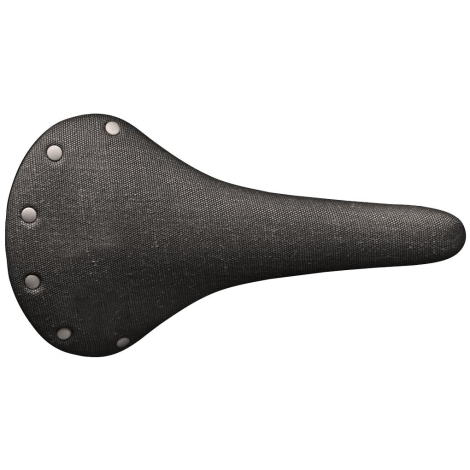
Race Saddle
Road race and MTB XC saddles tend to have a little less padding to reduce weight. Padding towards the front of the saddle aids comfort when riders shift forwards. They usually have a stiffer base and lighter rails, often made from titanium or carbon fibre. Cut-outs and grooves help reduce pressure points.
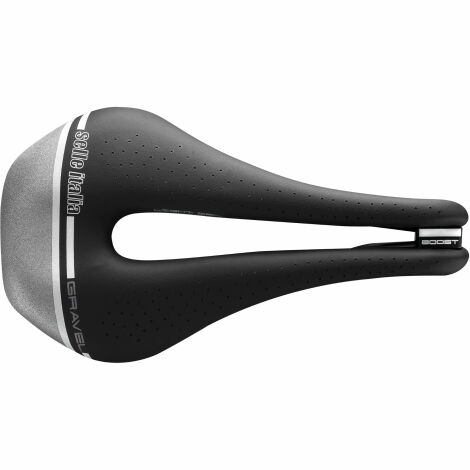
TT / Tri Saddle
TT and Triathlon saddles have even more options and alternatives shapes to suit more riders. Because triathlon and time trial bikes have steeper geometry, riders tend to sit further forward than riders on road bikes, this has allowed shorter split / ‘Iron’ style saddles to gain in popularity with many riders.
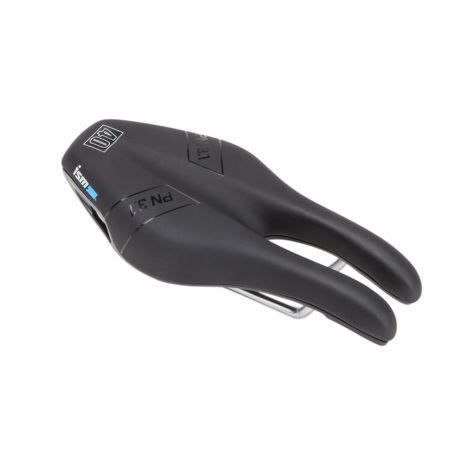
MTB Saddle
Mountain bike saddles vary from lightweight cross country saddles with reduced padding and lighter construction to more heavy duty saddles with extra padding and additions such as Kevlar patches to reduce scuffing on the corners and rear of the saddle.
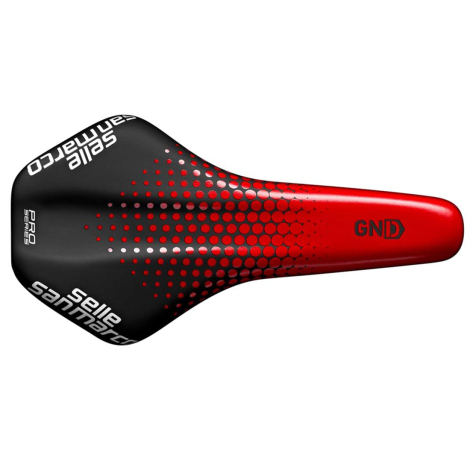
What makes a Comfy Saddle?
Saddles vary hugely to suit anyone riding all genres of bike riding from triathlon to mtb. Here are the key comfort influencers for saddles
Men & Women
If there is one part of a bike which triggers discomfort equally, for both men and women, it’s the saddle. Men’s sit bones (‘Ischial Tuberosity’ protruding down at the base of the pelvis) tend to be closer together than women’s, that’s why women’s saddles tend to be a bit wider and shorter, while men’s tend to be longer and thinner. If your sit bones are not cradled correctly or if your saddle selection is not appropriate for you, issues will arise; pressure points, poor circulation and eventual soft tissue breakdown and damage. In short, you will get a sore rear. Having the lower part of the sit bones cradled on the wide padded section of the rear should provide the most comfort. It is important to get the correct width of saddle for you as a starting point for finding comfort on your bike.
Type of Riding
The intended use of the saddle is also very important. Riders who race tend to sit further forward on the saddle while adopting a more aggressive riding position, manufacturers add padding towards the front on race saddles to help this. Sportive and touring riders though, tend to be sat more upright for longer periods and demand more comfort in the centre and rear of the saddle.
Padding
The amount of padding on the saddle isn’t as straight forward as you might think. While new riders might be attracted to the saddle with the most padding, this is not always the comfiest option. In real life the over-padded saddle when combined with the padding in your clothing can be too much. Too much padding or padding which is too soft, will push padding to the sides or centre of the saddle, putting more pressure on the perineum area.
Groovey or Cutouts?
Do you have a soft spot which causes uncomfortableness on rides? You are not alone. Potential long-term side effects from added pressure on the perineum and genitals has led to manufacturers taking drastic action. Cutting out a section of saddle to create a channel to hole to relieve pressure on the perineum area. Women’s cut-outs tend to be further forward and men’s are usually towards the centre of the saddle. As well as improving comfort through the cut outs, weight can also be shaved and materials saved, making a win, win situation for riders and saddle makers.
For more information on saddle comfort, check out our blog here.

